The Centuries-Old Society Dedicated to Growing the ‘Forgotten Fruit’
To the tune of a ukelele orchestra, growers face off over gooseberries.

Every August, inside the the bell-topped St. Hedda’s Roman Catholic Primary School in Egton Bridge, England, keen-eyed men stare at a set of antique scales. Adding small metal weights to one side, they carefully calculate the exact heft of local gooseberries. But these aren’t just any gooseberries. Toted to the school in everything from elegant wooden boxes to egg cartons, these are massive specimens of what are normally small fruits. At this biggest-is-best yearly competition, a two-ounce berry is a monumental accomplishment.
For the last 218 years, local gooseberry lovers have faced off over their berries at the Egton Bridge Gooseberry Show, using every horticultural trick in the book to triumph. Despite this summer’s sporadic yet heavy rains, around three-dozen growers are likely to bring their fruit to this year’s show on August 6, says Ian Woodcock, secretary for the Egton Bridge Old Gooseberry Society. Competitively growing gooseberries might seem like an impossibly niche hobby. But, as a matter of fact, both the show and society are some of the last vestiges of what was once a vast cohort of gooseberry groups.

For hundreds of years, cultivating the wee fruit was a popular art and science. In the 19th century, Britain was home to around 170 gooseberry-growing societies. Even America had a handful.
Resembling grapes—although they are occasionally fuzzy—gooseberries come in green, red, yellow, and white. They taste grape-like too, but their tartness means they’re often cooked with sugar and added to puddings or other creamy sweets. According to one 1817 gardening book, “The gooseberry is especially a British fruit … in no other country is so much attention paid to its cultivation.” Records of gooseberry cultivation first appeared in the 13th century, and they became a favorite summer treat in Britain.
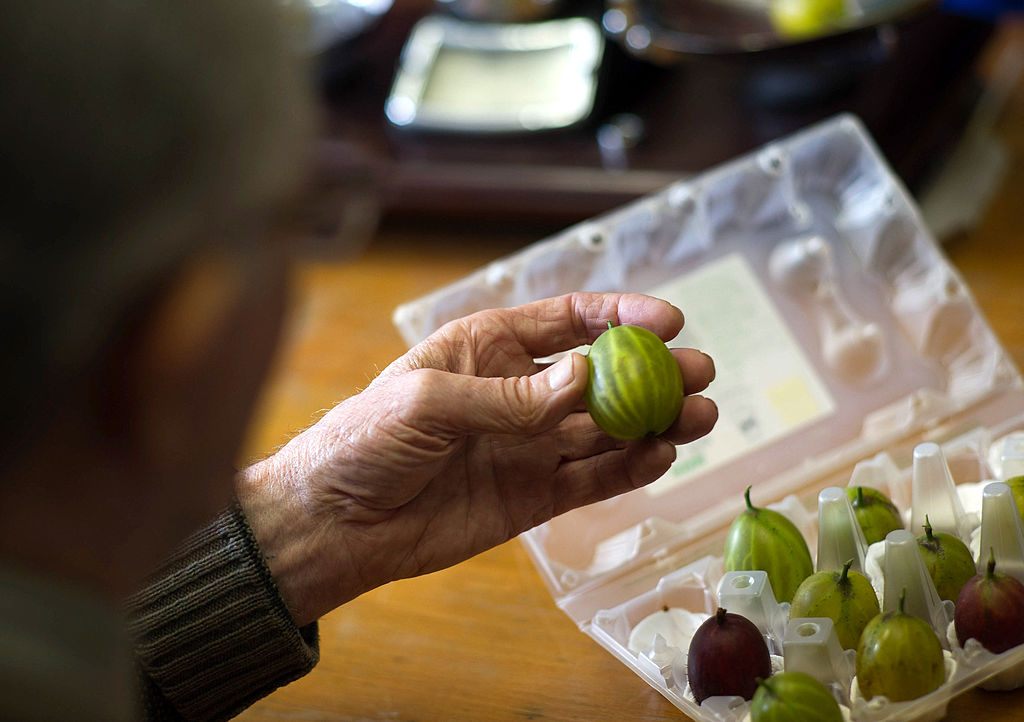
Eventually, they evolved from a favorite to a fad. “How did this passion for growing giant gooseberries start? Nobody seems to know,” muses the Egton Bridge Old Gooseberry Society website. In the 19th century, farmers and hobbyists grew innumerable varieties, from the red “Roaring Lion” to the green “Hero of the Nile.” A yearly magazine, The Gooseberry Growers’ Register, published the results from berry-growing contests around the country.
When publication of The Gooseberry Growers’ Register halted in the early-20th century, it coincided with the fading popularity of the hobby. Now, the Egton Bridge Gooseberry Show is the oldest surviving event, one that Woodcock estimates has been ongoing since at least 1800. The society boasts around 100 members, and Woodcock readily admits that the average age runs “a little old.” But, he adds, “We do seem to replace the ones that unfortunately die.”
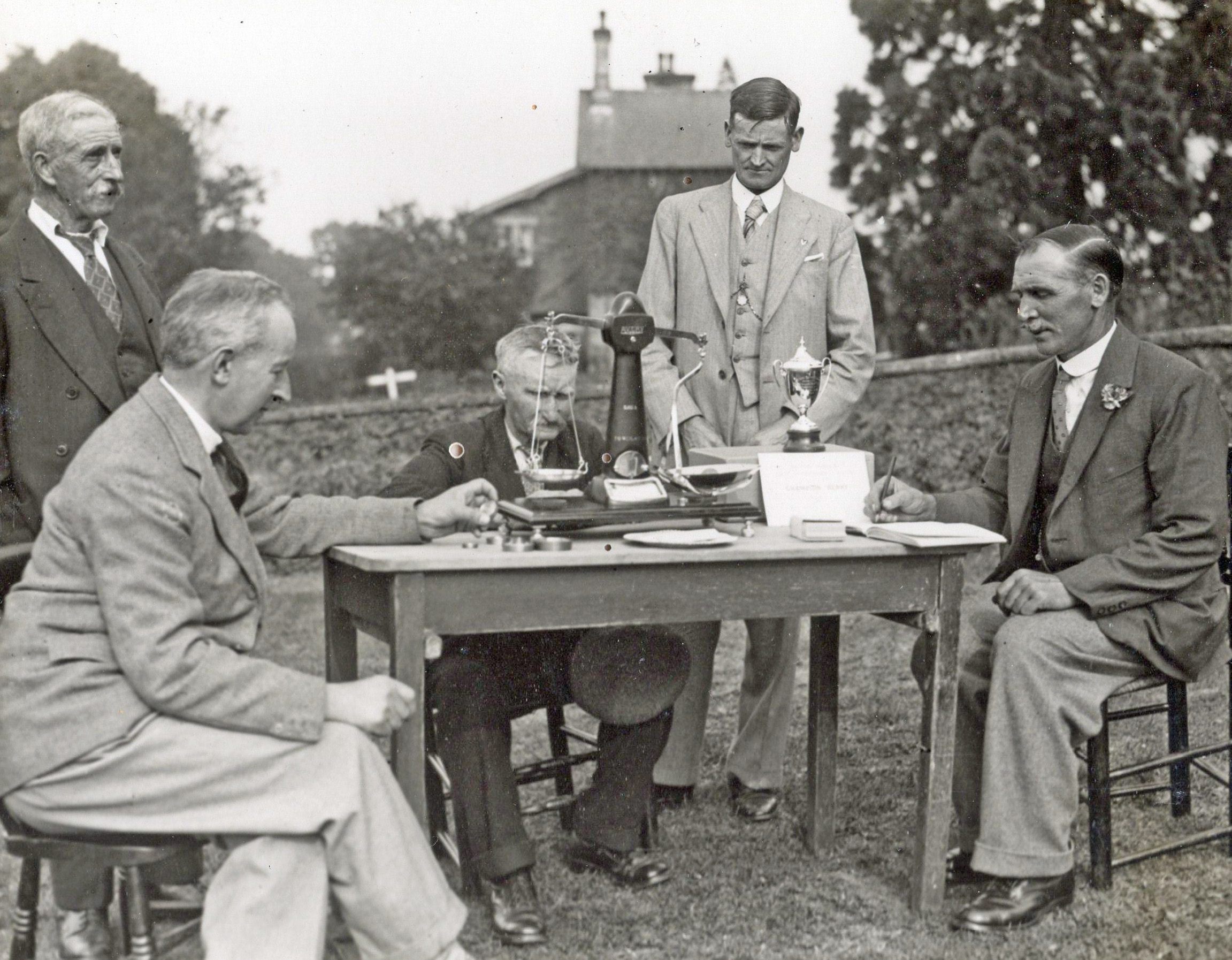
Some things haven’t changed. The Society still uses an ancient system of measurement, measuring berries by dram (1.77 grams) and grain (64.8 milligrams). Such infinitesimal amounts, measured by a super-sensitive 1937 Avery scale that can calculate the weight of a feather, mean that margins can be slim when deciding who gains gooseberry glory. But competitors have several chances to take home a trophy: by growing the heaviest berry in its color class, the heaviest six or 12 berries as a set, or, of course, the heaviest Champion Berry.
In 2009, the Guinness Book of World Records dubbed the Champion Berry the heaviest gooseberry ever recorded. While it’s since been surpassed, Bryan Nellist’s huge Woodpecker gooseberry was bigger than a golf ball and over two ounces. “The two-ounce berry is mythical,” Woodcock says. “It’s a bit like a unicorn, but it does exist.” To put that in context, most gooseberries are less than an inch long.

But some things have changed. As one of the last gooseberry societies, “you get trolled on the Internet,” Woodcock says dourly. “Other times, people go, ‘Oh! Big gooseberries. What else?’”
“That’s it,” he adds. “It’s just big gooseberries.”
Woodcock points out that in Britain, there’s “a weird subculture for growing large vegetables generally,” and gooseberry growers are no exception. Champion gooseberries often come from bushes heartily fertilized with potash, protected from birds and mildew, and shaded with umbrellas from too much sun and rain. Growers even remove most of their bushes’ fruit pre-competition to ensure that only two or three berries get all the plant’s resources.
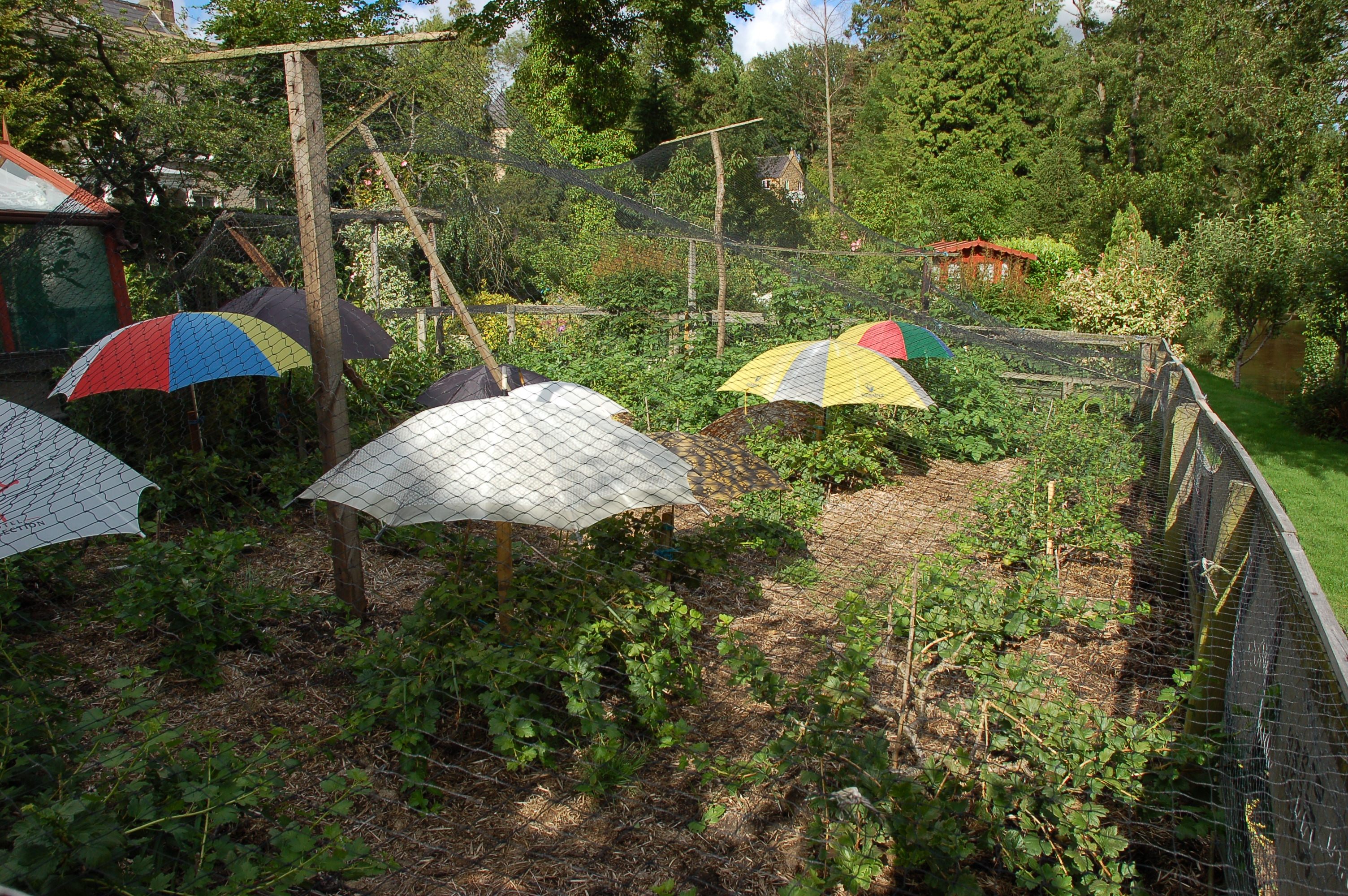
On competition day, growers drop off their berries throughout the morning to be carefully weighed (burst berries are disqualified) and laid out on a white-cloth covered table to be admired. During the event, the crowd enjoys live music. Once upon a time, it was a brass band. But these days, “we struggle to get a brass band that we can afford,” Woodcock says matter-of-factly. Luckily, a local ukelele orchestra, the “Eskuleles,” are less expensive. So, to the tune of strumming ukuleles, locals catch up over gooseberries. After the prize ceremony, people normally adjourn to the pub, Woodcock says. And the berries, prize-winning or not, end up cooked or on the compost pile.
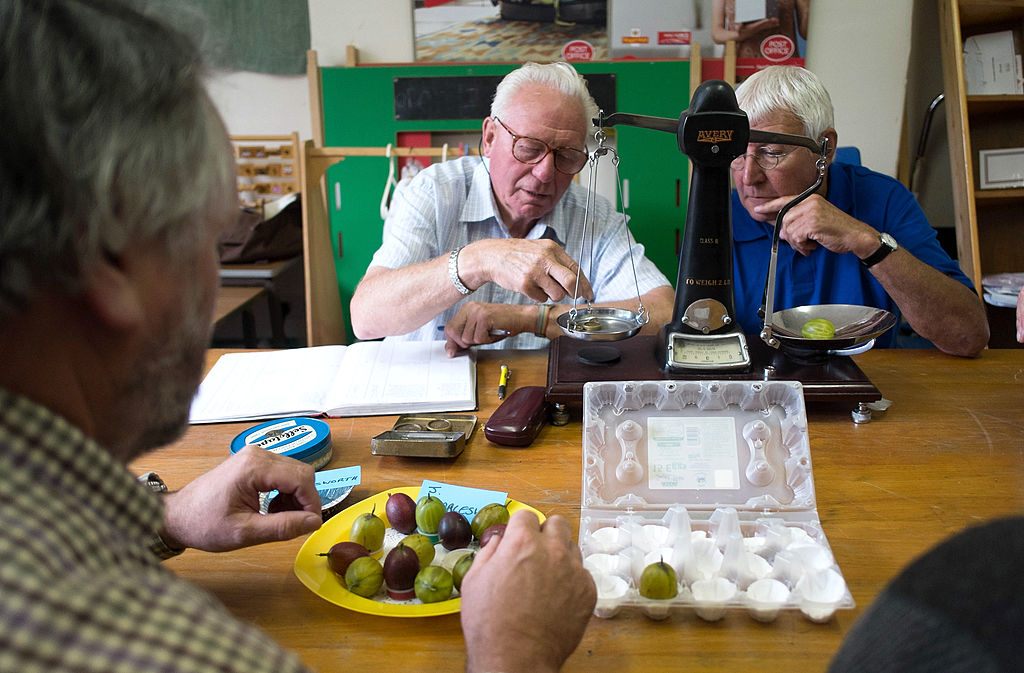
These days, gooseberries are sometimes referred to as “the forgotten fruit.” Often sour and not capable of ripening after picking, they’re not a common sight in the grocery store. Many 19th-century varieties, Woodcock muses, have even been lost. But some older varieties continue to take home prizes. Woodcock points to the golden “Edith Cavell.” There’s a long history of naming gooseberries after heroes, and Edith Cavell, a British nurse executed by Germany during World War I, certainly fit the bill. Woodcock, who despite years as the society’s secretary calls himself “a very poor competitor,” admits to a soft spot for that particular berry. “Would she be proud she’d been immortalized by a gooseberry?” he wonders. “I think I’d be proud to be immortalized by a gooseberry.”
Gastro Obscura covers the world’s most wondrous food and drink.
Sign up for our email, delivered twice a week.






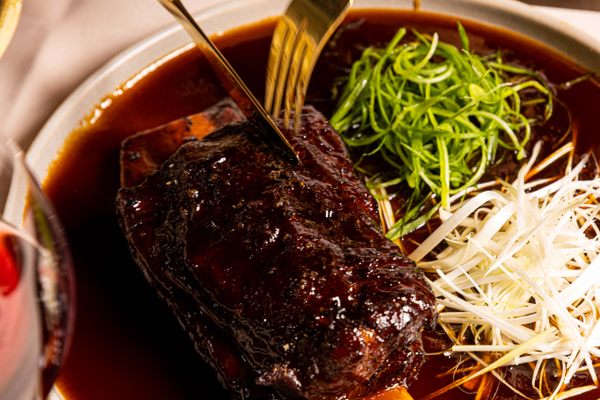

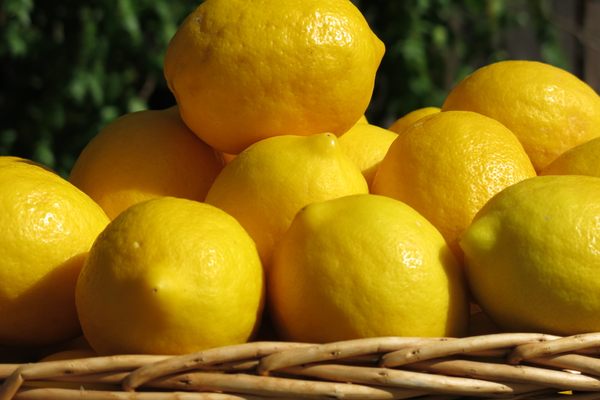

















Follow us on Twitter to get the latest on the world's hidden wonders.
Like us on Facebook to get the latest on the world's hidden wonders.
Follow us on Twitter Like us on Facebook